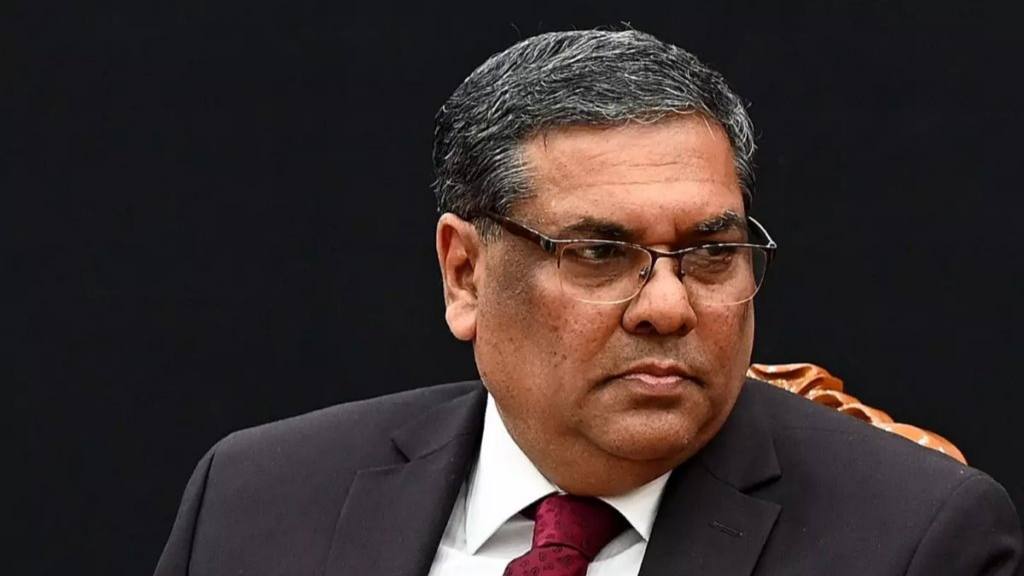In 2005, Justice Sanjiv Khanna was appointed as an Additional Judge at the Delhi High Court, and by 2006, he was made a Permanent Judge.

Justice Sanjiv Khanna is set to become the 51st Chief Justice of India (CJI) on November 11, 2024, succeeding Justice D.Y. Chandrachud. Here’s all you need to know about him.
Also Read:- Mumbai Woman Arrested After Death Threat to UP CM Yogi Adityanath
About Sanjiv Khanna
Born on May 14, 1960, in Delhi, Justice Khanna began his legal career in 1983 after enrolling with the Bar Council of Delhi. Initially practicing at the Tis Hazari Court, he later expanded his expertise to cover various legal fields, including constitutional law, commercial law, arbitration, and tax litigation, and has represented the government in various cases.
In 2005, Justice Khanna was appointed as an Additional Judge at the Delhi High Court, and by 2006, he was made a Permanent Judge. His elevation to the Supreme Court in 2019 stirred some controversy, as it bypassed 32 senior judges. However, his tenure at the apex court has been impactful, marked by significant rulings.
Justice Khanna has presided over high-profile cases, including the judgment allowing the Supreme Court to grant divorces under Article 142 and the inclusion of the Chief Justice’s office under the Right to Information Act.
He was also involved in upholding the dilution of Article 370, which removed Jammu and Kashmir’s special status, and was vocal in his dissent on issues like the Central Vista project, where he argued for public participation in large-scale projects.
Also Read:- Economist and Scholar Bibek Debroy Passes Away at 69
Known for his firm views on judicial transparency and independence, Justice Khanna’s career reflects a balance between accountability and judicial independence, drawing from his distinguished lineage—he is the nephew of Justice H.R. Khanna, who is famous for his dissenting judgment during the Emergency period.
